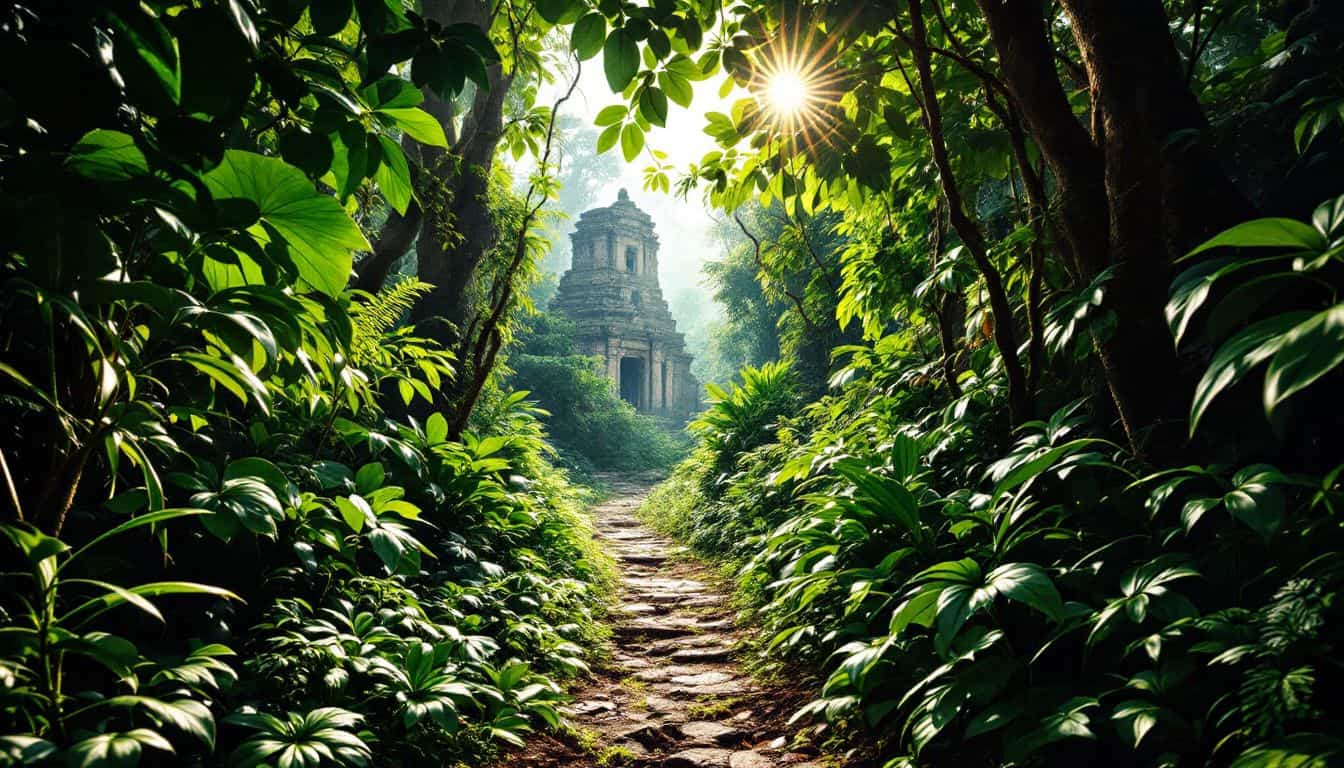Ever wondered what happened to Percy Fawcett and his search for a mysterious lost city? The British explorer vanished in 1925, deep in the Amazon jungle, while hunting for a mythical ancient place called “Z.” In this post on the lost city of z explained, we’ll uncover nine important clues that might reveal the truth about his strange disappearance.
His fate may surprise you—read on!
Key Takeaways
Percy Fawcett, a British explorer, disappeared in the Amazon jungle during his 1925 mission to find the mysterious Lost City of Z. Over 100 explorers have died since then while trying to uncover what happened.
Several theories try to explain Fawcett’s fate: captured or killed by hostile tribes (like those mentioned by Kalapalo people), defeated by harsh terrain and diseases like malaria or dengue fever, or betrayed through conflict within his own group.
Recent research using LiDAR scans proves that advanced ancient communities existed deep inside the Amazon, supporting Fawcett’s beliefs. One example is Kuhikugu discovered near where he searched—these pre-Columbian ruins had roads and plazas built between AD 800–1600 according to archaeologist Michael Heckenberger (2003).
Mysticism strongly influenced Fawcett; he often used psychics and occult rituals for guidance. This faith shaped his decisions including pushing forward despite warnings from local tribes about dangers ahead.
Modern tools such as drone technology, satellites images, artificial intelligence (AI), virtual reality (VR) platforms could soon help solve this mystery—especially around its centennial year of 2025—inspiring new explorations into hidden historical findings beneath dense jungles across South America.
Table of Contents
The Origins of the Lost City of Z
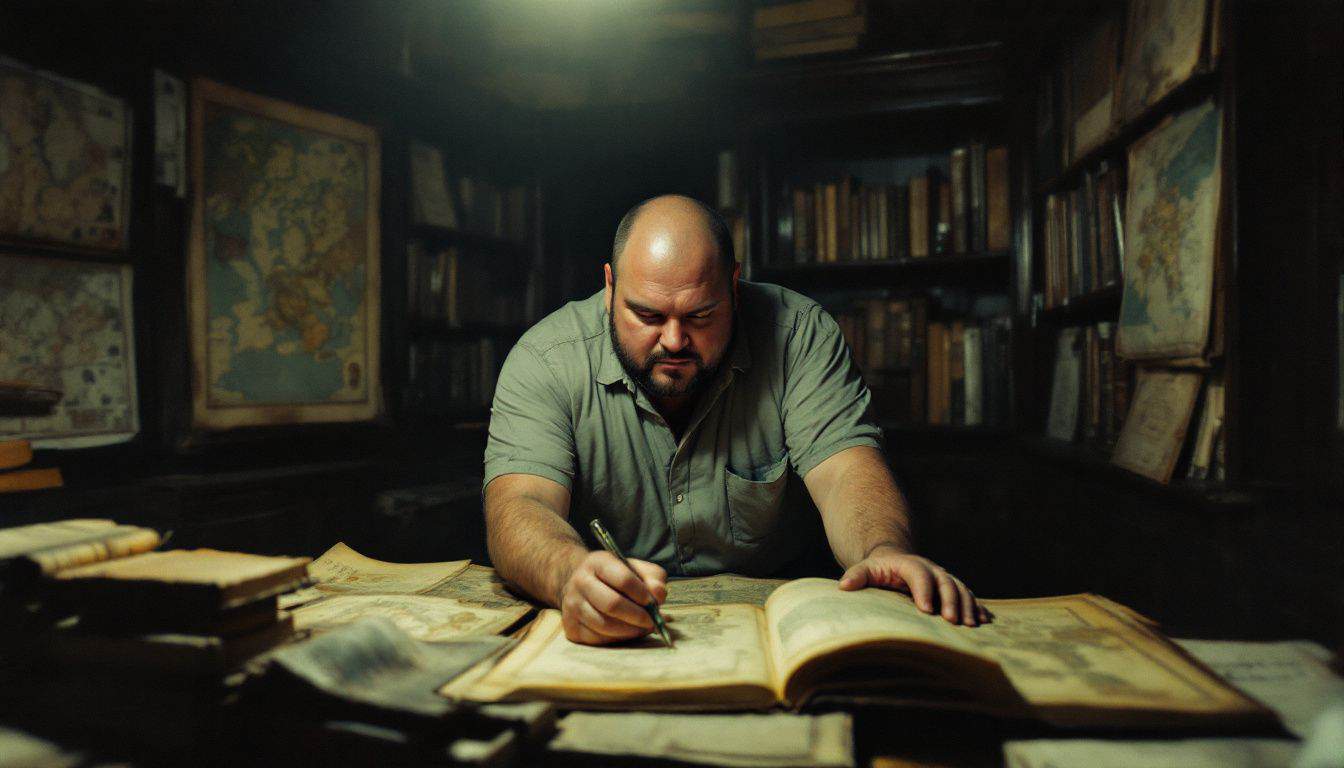
Explorer Percy Fawcett spent hours at Trinity College Library, reading old conquistador texts about lost cities. His ideas gained attention from groups like the Royal Geographical Society, sparking curiosity about forgotten worlds deep in Amazonia.
Percy Fawcett’s fascination with ancient civilizations
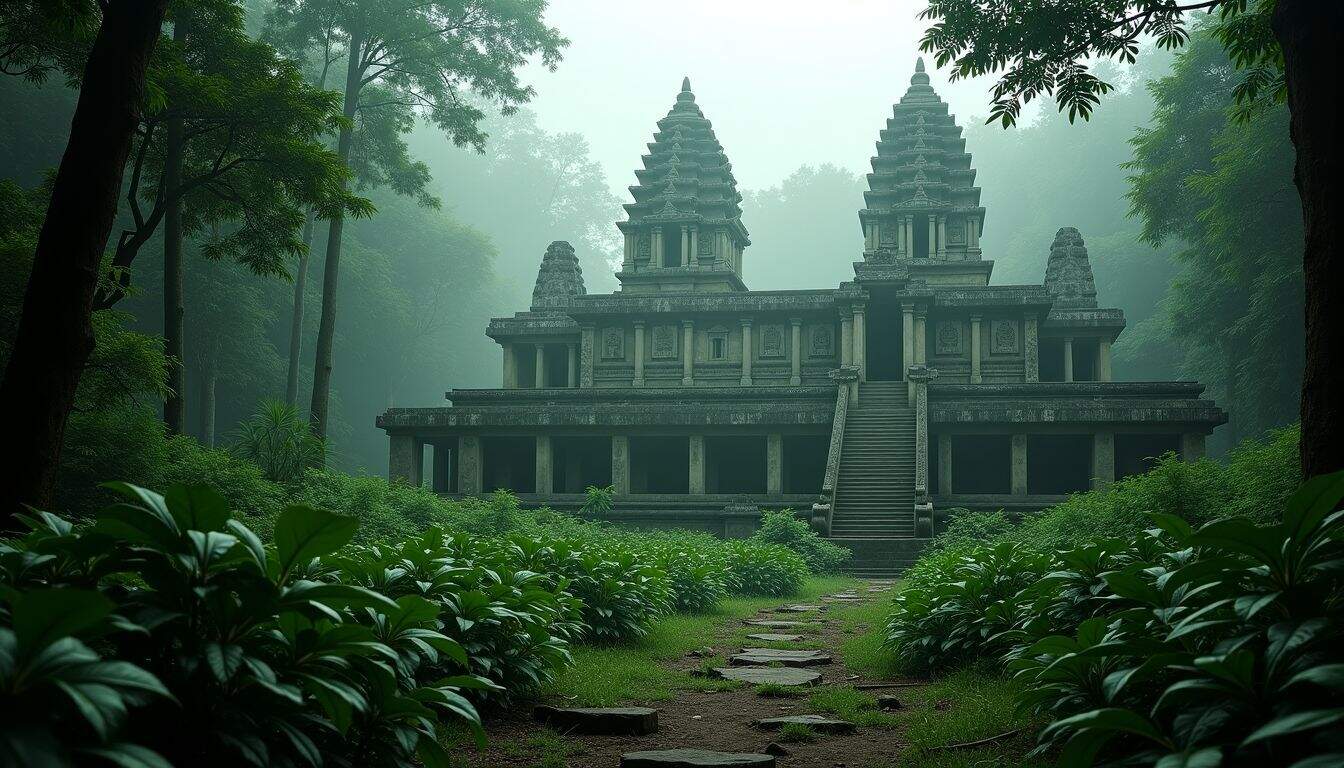
Percy Fawcett caught the exploration bug early in life, after his time in Ceylon (now Sri Lanka). There, he found temple ruins hidden in the jungle and grew obsessed with ancient cultures.
Later—working for the Royal Geographical Society (RGS)—Fawcett explored Brazil’s jungles starting in 1906. He marveled at native tribes’ advanced farming skills and fishing methods as signs of lost, sophisticated societies deep inside Amazonia.
Even mysticism drew him closer to these vanished worlds; he attended seances led by mediums inspired by Madame Blavatsky. This fascination with uncovering ancient secrets and mysteries has echoed into modern storytelling and gaming alike. Titles inspired by similar quests, from video games such as The Forgotten City and Immortals Fenyx Rising, to riveting casino games like the Gonzo’s Quest slot, Book of the Dead and Jungle Spirit: Call of the Wild, capture the same spirit of adventure and lost cities.
These games—much like the legend of the Lost City of Z—also feed into the human fascination with discovery and the thrill of the unknown, just like Fawcett’s real-life expedition.
The inspiration behind the name “Z”
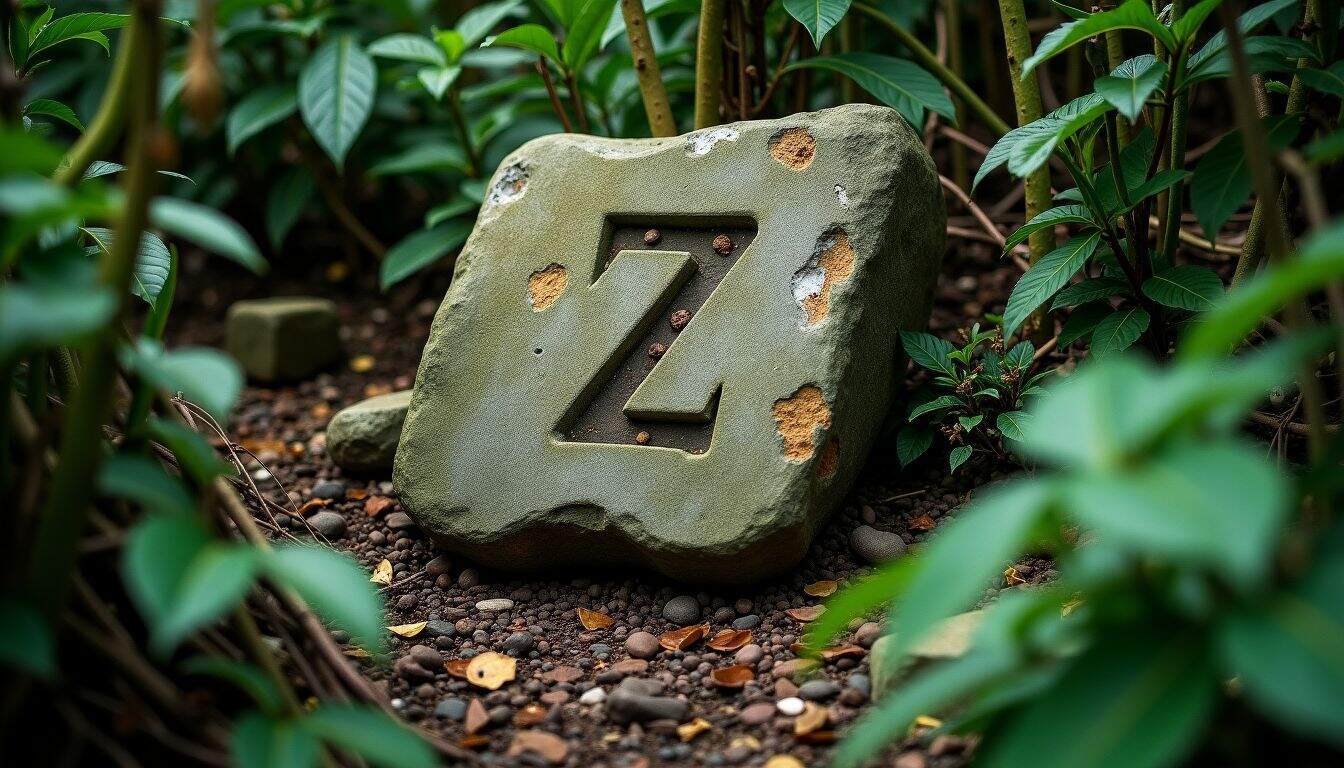
The letter “Z” stood for mystery, wonder, and adventure. Percy Fawcett picked this simple mark to hint at a lost city filled with treasures and secret wisdom buried deep in the Brazilian jungle.
His choice of the last alphabet letter symbolized his quest’s hidden nature—just beyond reach but endlessly tempting to explorers. In letters written before his 1925 expedition set out from Dead Horse Camp alongside son Jack Fawcett and friend Henry Costin, he described Z as holding “untold riches” and ancient knowledge.
Writer David Grann further captured this spirit in “The Lost City of Z: A Tale of Deadly Obsession in the Amazon,” showing how that one mysterious letter could spark dreams—and obsessions—for decades.
A city shrouded by legend hidden under one simple yet powerful letter.
Fawcett’s fascination grew stronger with every clue discovered on earlier missions after World War I, fueling deeper obsessions during later journeys into hostile tribes’ lands beside companions like James Murray or Arthur Manley.
Percy Fawcett’s Expeditions
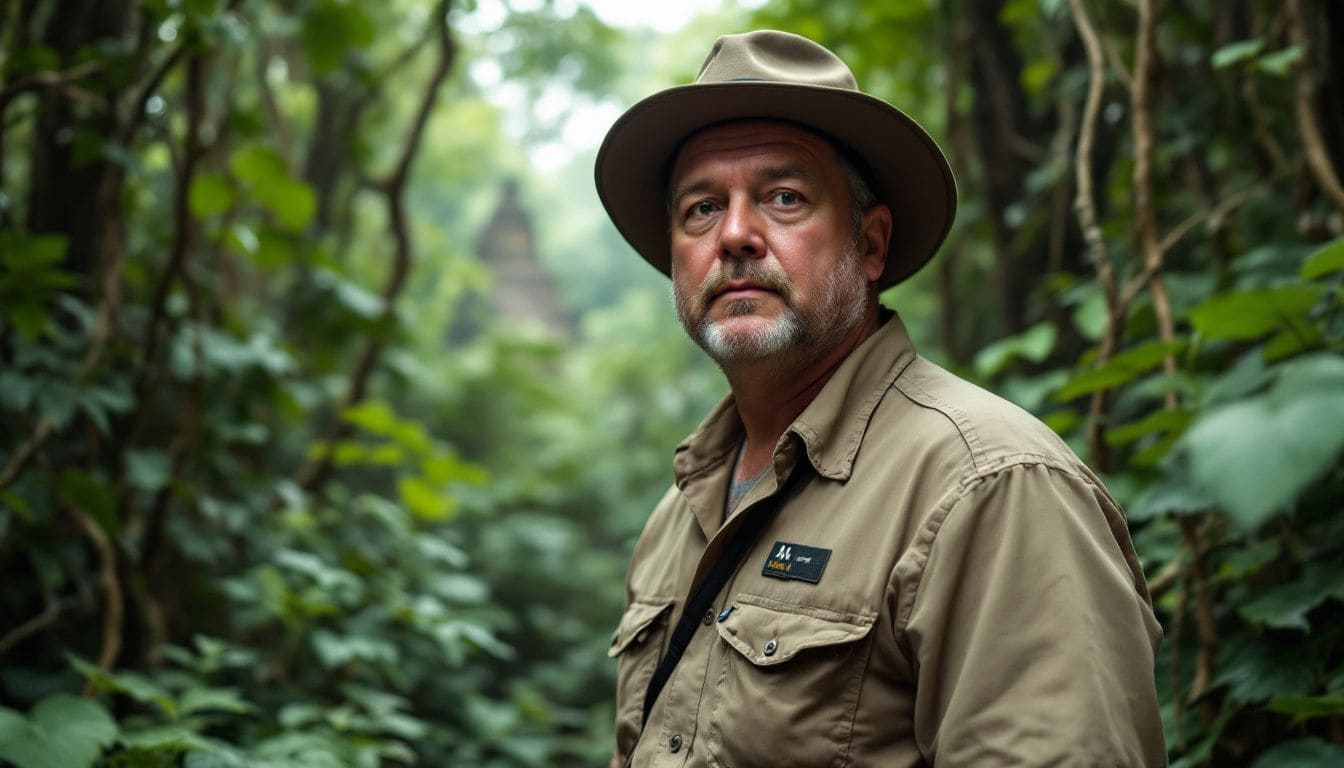
Fawcett set out into the Amazon jungle in search of ancient cities hidden beneath thick vines and trees. With each new trip, his determination grew—and so did interest from explorers worldwide.
The first mission to the Amazon in 1906

In 1906, Percy Fawcett set out for the Amazon after one year of training at the Royal Geographical Society (RGS). The main task was mapping unknown lands to settle border fights among Bolivia, Brazil, and Peru during the booming rubber trade.
On this trip, he came face-to-face with local tribes such as the Kalapalo—later linked by some rumors to cannibal tribes—and found unusual artifacts like carved statues and pottery.
These discoveries convinced him that rich cultures existed long before in places deep inside those jungles—a key reason his search for “Z” began.
Fawcett’s growing obsession with finding Z
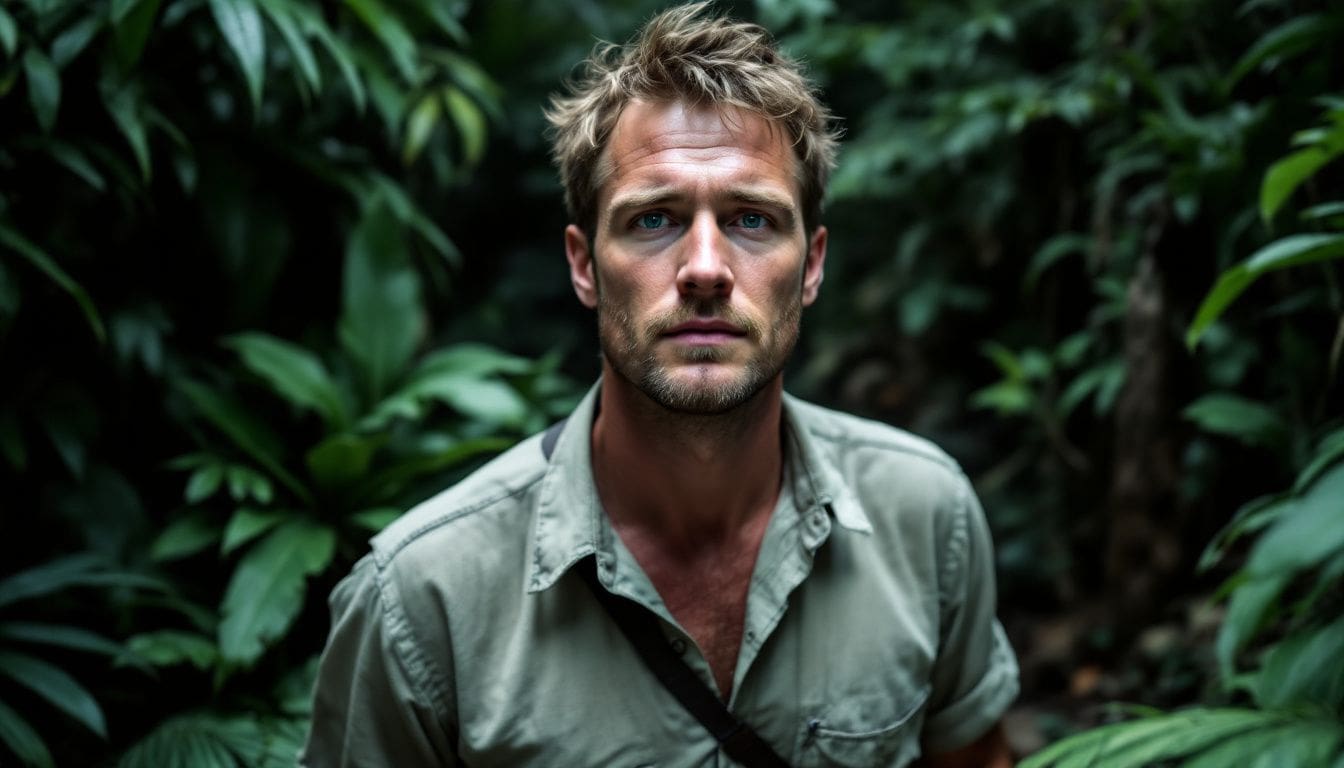
The 1906 trip into the Amazon sparked Percy Fawcett’s drive for exploration. After hearing indigenous legends and old colonial reports, he became convinced of an ancient city hidden deep in the jungle—he named it “Z.” Over time, this quest grew into an obsession.
Ignoring warnings from the scientific establishment, Fawcett set out on multiple expeditions through harsh terrain to find proof. Each journey heightened his determination, despite finding little hard evidence beyond scattered artifacts and tribal stories.
By his final expedition in 1925—with support partly funded by figures like John D. Rockefeller Jr.—his focus bordered on madness as he chased rumors deeper into uncharted lands.
The final expedition in 1925
Percy Fawcett launched his last quest from Cuiabá, Brazil, on April 20, 1925. Joining him were his son Jack and Jack’s friend Raleigh Rimmell. Their goal was clear—to locate the legendary ancient city Percy called “Z” deep within Amazon jungles rumored near Kuhikugu ruins.
On May 29, 1925, he sent a final letter to his wife Nina Fawcett; after that date no news reached the outside world again.
Multiple rescue missions soon followed—over one hundred explorers reportedly died looking for signs of their fate through thirteen organized search expeditions. Reports came in later from the Kalapalo tribe living close to Dead Horse Camp—they claimed having warned Fawcett’s group about violent tribes farther eastward along their route.
Even today this mystery remains intriguing enough for curious minds: movies like “The Lost City of Z,” based loosely upon David Grann’s famous book (which featured actors such as Sienna Miller and Tom Holland), continue keeping alive interest around what happened during those final days back in ’25.
Theories Surrounding the Disappearance
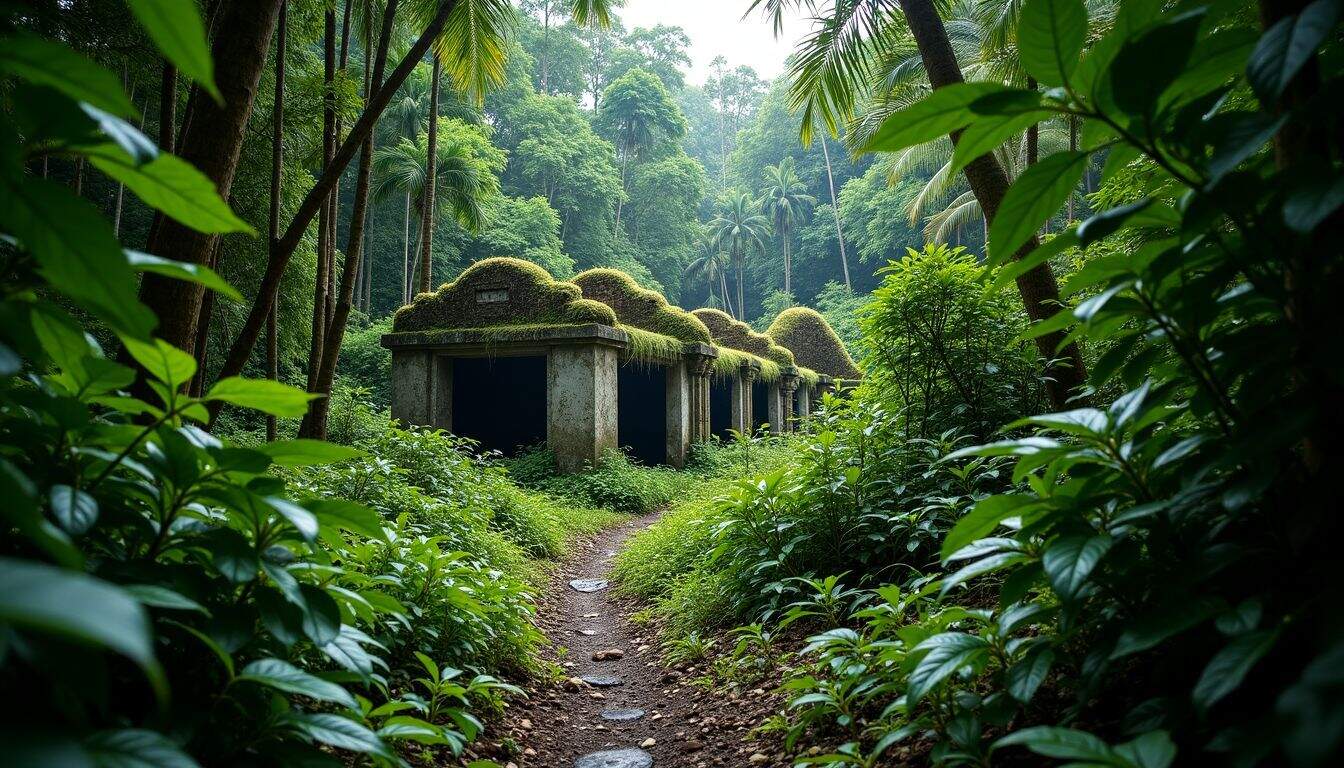
Many think Fawcett’s group faced danger from local tribes, jungle hardships, or conflicts within their party—but no one is sure. Over time, explorers have used satellite images and modern gear to search for clues that might finally solve this mystery.
Potential capture by indigenous tribes
Percy Fawcett’s sudden disappearance during his last expedition in 1925 led to rumors of capture by local Amazonian tribes. More than 350 indigenous groups live throughout this vast region, and some were known as hostile toward outsiders at the time.
Kalapalo oral history claims they warned Fawcett of danger from aggressive neighbors, but he ignored them and pressed onward—with tragic results. Popular works like “The Lost City of Z” (film) and Peter Fleming’s writings often hint at the mystery surrounding indigenous involvement.
These theories continue to feed curiosity about what really happened to Percy Fawcett—and whether his end came at tribal hands or through other jungle hazards awaiting explorers in search for ancient civilizations like the lost city of Z.
Harsh landscapes, difficult trails, illnesses—these natural dangers offer another likely cause behind Fawcett’s unknown fate in the Amazon rainforest.
Harsh jungle conditions and survival challenges
The Amazon rainforest is tough to survive, even for skilled explorers like Fawcett. Dense plants block paths, making it easy to lose your way or stumble into danger. Dangerous wildlife—venomous snakes, jaguars, poisonous spiders—can strike without warning.
Tropical diseases like malaria and dengue fever spread quickly through bugs and dirty water sources.
Over one hundred adventurers have died trying to find Fawcett or the Lost City of Z after he disappeared in 1925. Harsh terrain can lead to conflict with local tribes due to confusion or fear caused by cultural barriers as shown in “the lost city of z book.” Finding clean food becomes nearly impossible; even Sherlock Holmes himself would struggle here.
Facing these threats day after day pushes minds and bodies past their limits—which leads us directly into suspicions about internal fights or betrayal among the expedition members themselves….
Speculations of betrayal or internal conflict
Harsh jungle dangers were tough, but human factors may have also played a part in Fawcett’s fate. For instance, during one expedition in 1911, his partner James Murray claimed that Fawcett abandoned him and left him to survive alone—a claim later dismissed by the Royal Geographical Society.
Limited money compared to other explorers like Alexander Hamilton Rice caused constant stress for Fawcett’s team; such tensions could easily lead to fights or betrayal. Some speculate that internal conflicts within the group—fueled by exhaustion, hunger, and fear—may have erupted into violence or even mutiny deep inside this harsh “lost world.” Modern films like “The Lost City of Z” (film) highlight these ideas too: rivalries among exhausted explorers face-to-face with uncertainty often end in tragedy—as soldiers experienced firsthand at brutal struggles like the Battle of the Somme.
Evidence of Ancient Amazonian Civilizations
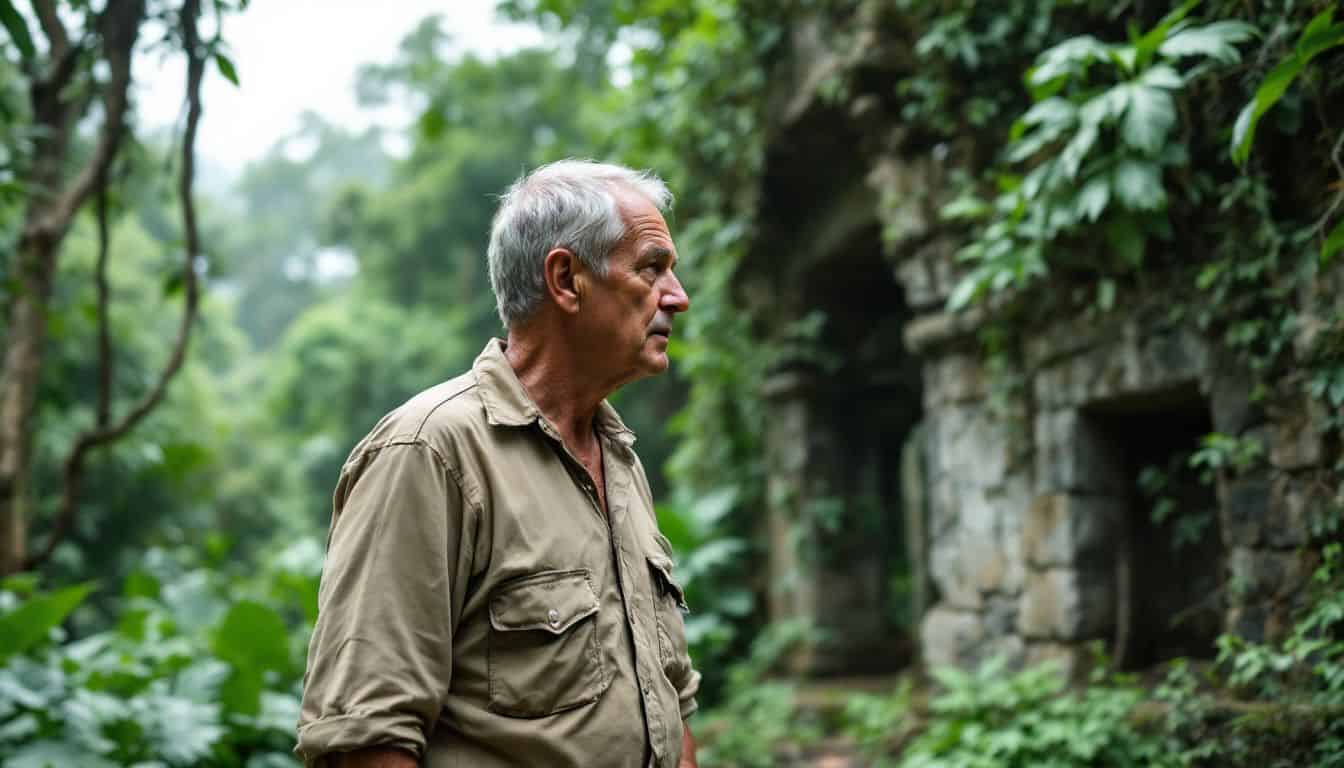
Lidar scans and satellite images reveal large hidden sites in the Amazon—are these clues to Fawcett’s lost city? Read on and explore more!
Archeological discoveries supporting Fawcett’s theories
In 2003, archeologist Michael Heckenberger found Kuhikugu near Fawcett’s search area. This pre-Columbian settlement had structures built between the ninth and seventeenth centuries.
It proved ancient Amazon cultures did exist—with roads, plazas, bridges, and earthworks showing advanced math and engineering skills similar to what Percy Fawcett imagined in his Lost City of Z theories.
Recent LiDAR scans gave more proof of large urban areas hidden beneath Bolivian jungles by mapping dense rainforest floors from above. These modern tools revealed many lost cities that show old civilizations thrived deep inside this lost world—matching closely with ideas explored later in works like “The Lost City of Z” film.
We are only beginning to understand how rich these ancient Amazon societies were, said Heckenberger after discovering Kuhikugu.
The role of terra preta (Amazonian dark earth)
These recent archaeological finds connect closely with the mystery of Fawcett’s Lost City of Z, especially clues found in layers known as terra preta—or Amazonian dark earth (ADE).
ADE is a rich and fertile blackish soil created by ancient people who lived in the Amazon region. Scientists find clear signs—like charcoal chunks and pottery shards—that show human groups formed this soil through intentional acts over long periods of living and farming there.
Terra preta points to advanced practices that match Percy Fawcett’s theory: large communities once thrived in areas now covered by jungle, creating their own “lost world” deep within the Amazon.
The Role of Mysticism in Fawcett’s Journey
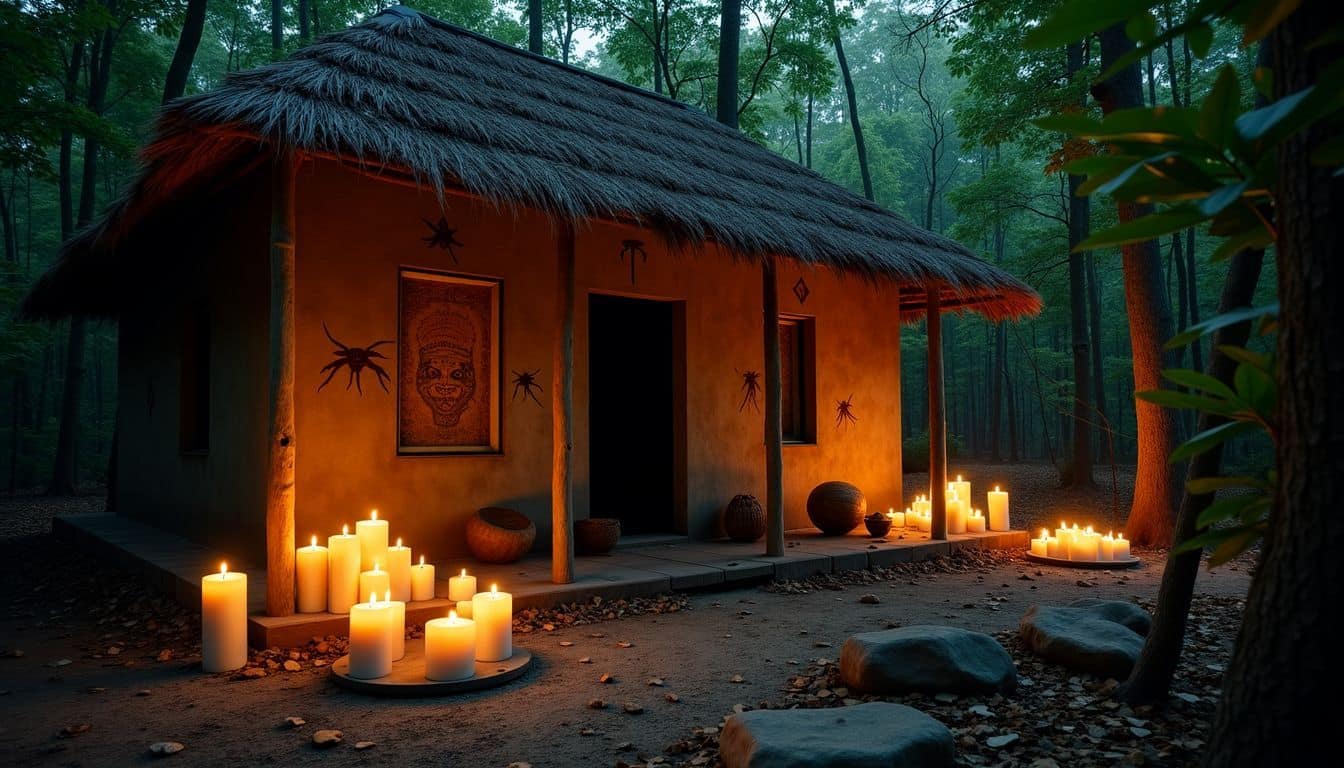
Fawcett often leaned on psychics, spiritualists, and occult rituals—adding mystery and intrigue to his search for Z—so keep reading to explore this strange side of his story.
Reliance on psychics and the occult
Percy Fawcett trusted psychics and embraced the occult during his search for the Lost City of Z. In World War I, he used a Ouija board to make key decisions—a clear sign of how deeply spiritualists influenced him.
He even tried séances, hoping to speak with his dead mother for guidance on dangerous missions into the lost world. Fawcett’s intense faith in mysticism shaped his choices and goals throughout exploration—and may have steered him toward unknown dangers in 1925.
Influence of spiritual beliefs on his decisions
Fawcett’s deep interest in psychics and the occult linked closely with his strong spiritual beliefs. His trust in Spiritualism and Theosophy shaped how he viewed Amazonian myths, making him see clues that others dismissed as just stories.
Indigenous tales became proof of hidden cities, reinforcing Fawcett’s visions about the Lost City of Z—ideas echoed later in “The Lost City of Z” film. He recorded local legends eagerly if they matched his mystical views but often ignored or rejected facts that clashed with these beliefs.
This spiritual mindset steered him to push deeper into danger during his 1925 Amazon mission despite clear warnings from native guides.
Cultural and Historical Impact of the Lost City of Z
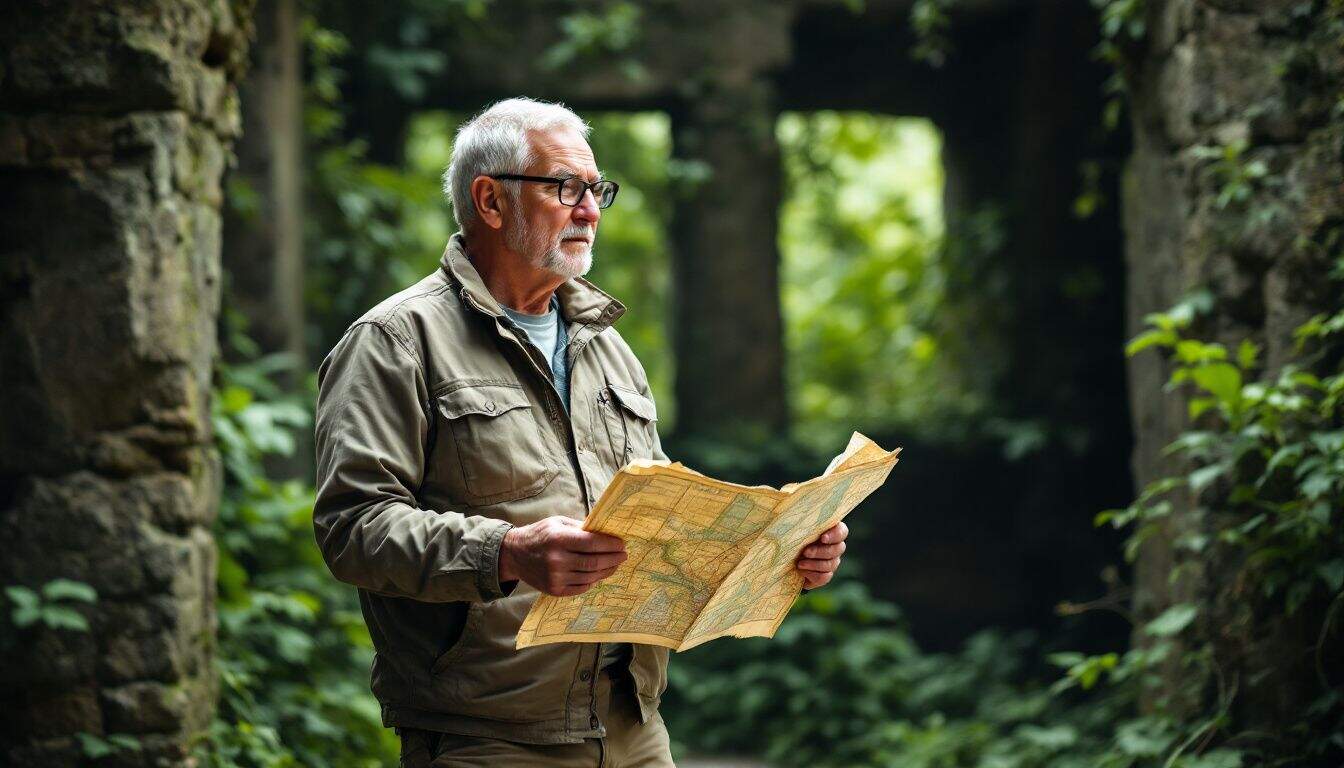
Fawcett’s mystery sparked countless adventures, shaped films like “The Lost City of Z,” and inspired video games—read on to uncover its impact.
How Fawcett’s story influenced later explorers
Percy Fawcett changed how explorers viewed Amazon civilizations. His ideas challenged common views about indigenous societies and sparked new interest in exploring the jungle. Later adventurers, like Indiana Jones from film, took inspiration from him—seeking lost cities hidden deep within jungles or deserts.
The legend around his 1925 disappearance made the hunt for ruins far more exciting to future explorers.
Books, stories, and movies such as “The Lost City of Z” (film) kept Fawcett’s adventures alive for geeks everywhere. Popular heroes built on his daring spirit motivated real-life searches into unknown regions long after he vanished.
His journals fueled dreams of finding forgotten places, leading later expeditions to dig deeper into what really existed in ancient Amazon history.
The legacy of the lost city in popular culture
The Lost City of Z has left a clear mark on books, movies, and gaming culture. Arthur Conan Doyle drew from Fawcett’s adventures to write his famed 1912 novel “The Lost World,” fueling interest in hidden civilizations.
The ongoing mystery of Percy Fawcett inspired the popular adventure movie “The Lost City of Z” (film) in 2016—starring Charlie Hunnam—and countless stories across board games like “Lost Ruins of Arnak” and video game quests such as “Shadow of the Tomb Raider.” Beyond mere fiction, these tales sparked fresh curiosity about advanced ancient societies that might have been lost deep inside the Amazon jungle.
Modern Efforts to Solve the Mystery

Today, drones, Lidar scans and satellite images help modern explorers search for Fawcett’s route—and uncover new clues about the Lost City of Z; curious to know what’s being found?
Expeditions in search of Fawcett and Z
After Percy Fawcett vanished in 1925, many explorers set out to find him and his team—over 13 expeditions have ventured deep into the Amazon jungle. In 1951, a skeleton thought to be Fawcett’s turned up, but testing showed it belonged instead to a relative of the Kalapalo chief.
The mystery caught public attention again when journalist David Grann wrote “The Lost City of Z,” inspiring the popular “The Lost City of Z” film in 2017.
Despite numerous searches using modern gear like GPS trackers and drones, no solid clues about Fawcett or his son Jack surfaced. Each attempt sparked new theories—not just murder by local tribes or harsh jungle conditions—but stories about betrayal within their own crew.
Every failed expedition added layers to this enduring puzzle and kept fascination alive for fans who watched films such as “The Lost City of Z”.
The discoveries of potential ancient cities in the Amazon
Recent advances in tech, like LiDAR scans, reveal hidden ancient settlements deep inside the Amazon. In Bolivia’s Llanos de Mojos region, scientists found huge urban sites—complete with raised platforms and pyramids beneath dense jungle cover.
These monumental sites challenge old views that pre-European Amazonia lacked complex human societies or large cities. Such findings strongly support Percy Fawcett’s idea of advanced civilizations in his search for the lost city of Z—the very quest that inspired “The Lost City of Z” film.
With these discoveries made possible by modern gadgets and first-hand fieldwork, we must ask: will future tools finally resolve the mystery surrounding Fawcett’s fate?
How Will The Lost City of Z Mystery Evolve in 2025?
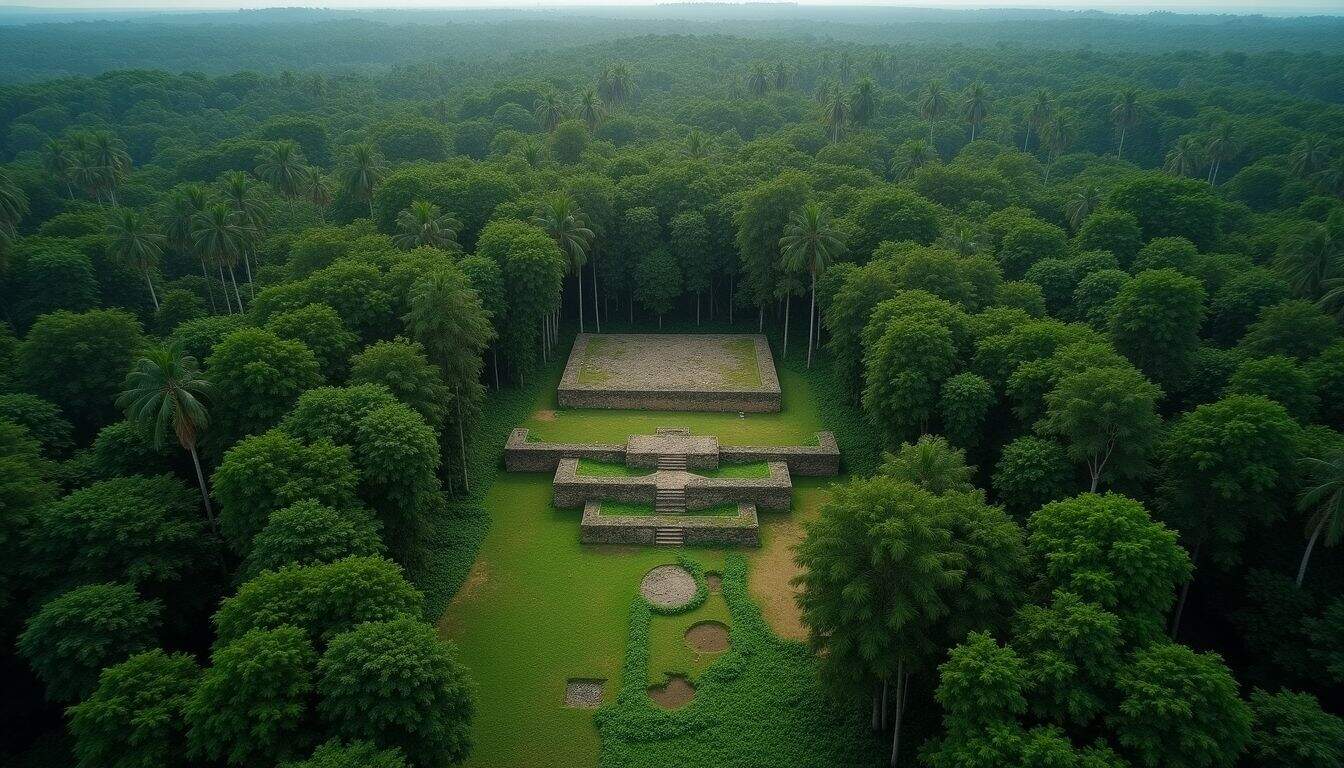
In 2025, new tech may breathe fresh life into the Lost City of Z mystery. Tools such as drone mapping, LiDAR scans, and satellite images could uncover hidden signs in the dense Amazon jungle.
Modern software will allow explorers to examine data with ease at their desks—making discoveries quicker than ever before. Virtual reality (VR) might even let geeks journey through digital copies of ancient ruins on platforms inspired by nerdy cartoon explorers and movies like “The Lost City of Z” film itself.
At the same time, AI tools can help decode patterns once missed or misunderstood by past researchers. Machine learning systems might spot tiny details that hint at Fawcett’s fate in 1925—or reveal more about civilizations he sought.
Crowdsourcing efforts could also inspire online geeks to share ideas and clues over global networks—moving us closer to solving one of history’s great puzzles without stepping foot into the jungle heat.
People Also Ask
What is “The Lost City of Z (film)” mainly about?
“The Lost City of Z (film)” follows explorer Percy Fawcett, who vanished while searching for a hidden ancient city deep in the Amazon jungle—his mysterious fate still puzzles historians today.
Does “The Lost City of Z (film)” show what really happened to Fawcett?
Not exactly—the movie explores possible clues and theories around his disappearance, but since no one knows for sure, it leaves viewers guessing about his true fate.
Are the nine clues shown in “The Lost City of Z (film)” historically accurate?
Mostly yes—the film mixes real historical details with some storytelling freedom, presenting believable hints that might explain how and why Fawcett disappeared.
Why did Percy Fawcett’s journey in “The Lost City of Z (film)” become so famous?
Fawcett’s adventure became legendary because he risked everything to find an unknown civilization—and then mysteriously vanished without leaving clear answers behind.
References
https://time.com/4735505/the-lost-city-of-z-true-story/
https://www.amazon.com/Lost-City-Deadly-Obsession-Amazon/dp/0385513534
https://www.yahoo.com/news/true-story-behind-lost-city-143444835.html
https://digitalcommons.cedarville.edu/cgi/viewcontent.cgi?article=1232&context=intern_book_reviews
https://www.newyorker.com/magazine/2005/09/19/the-lost-city-of-z
https://www.ancient-origins.net/unexplained-phenomena/lost-city-z-and-mysterious-disappearance-percy-fawcett-003265 (2019-03-14)
https://en.wikipedia.org/wiki/Lost_City_of_Z
https://pmc.ncbi.nlm.nih.gov/articles/PMC9205880/
https://webs.ucm.es/info/arqueoweb/pdf/18/07_Anderson.pdf
https://www.jasoncolavito.com/blog/percy-fawcett-victim-of-a-theosophical-obsession (2014-08-27)
https://www.nationalgeographic.com/history/article/percy-fawcett-search-lost-city-of-z (2024-06-13)
https://www.forbes.com/sites/davidanderson/2019/04/30/the-lore-of-lost-cities-imagining-the-lost-city-of-z/ (2019-04-30)
https://sobrief.com/books/the-lost-city-of-z (2025-01-22)
